Green Chiles 101: The Spicy Secret Behind Flavor-Packed Dishes!
Spice lovers, gather around! 🌶️ Whether you're a fiery food fanatic or someone who just enjoys a subtle kick in your meal, green chiles are the unsung heroes of the spice world. From mild to mouth-blistering heat, these vibrant peppers bring more than just fire — they bring flavor, color, and a whole lot of personality.
Table of Contents
- What Are Green Chiles, Anyway?
- Spice Level Showdown: Mild vs. Wild
- Top 5 Green Chiles You Need to Know
- Cooking with Green Chiles Like a Pro
- Are Green Chiles Good for You? Spoiler Alert: YES!
- Storing & Preserving Your Green Chiles
- Global Green Chile Dishes Worth Trying
- Debunking Myths About Green Chiles
What Are Green Chiles, Anyway?
If you’ve ever tasted a dish that had a bright, grassy note with a hint of spice, there's a good chance it contained green chiles. But what exactly are we talking about when we say "green chiles"?
Contrary to popular belief, "green chile" isn't just one pepper. It's a category of unripe chili peppers, typically picked before they turn red. These immature versions retain a fresh, crisp flavor profile with varying levels of heat depending on the variety.
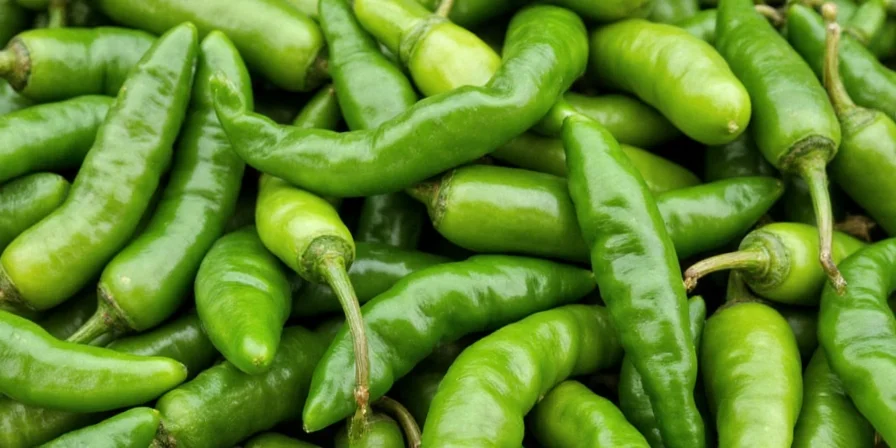
Spice Level Showdown: Mild vs. Wild
Let’s talk SHU — that’s Scoville Heat Units, for those not fluent in chili-speak. Here's a handy table comparing the heat levels of common green chiles:
| Pepper | Scoville Heat Units (SHU) | Flavor Profile |
|---|---|---|
| Ancho (Poblano when dried) | 1,000–2,000 | Earthy, mild, slightly sweet |
| Jalapeño | 2,500–8,000 | Fruity, crisp, versatile |
| Serrano | 10,000–23,000 | Grassy, bright, punchy |
| Hatch Green Chile | 1,000–30,000 | Nutty, smoky, regional variations |
| Espelette | 30,000–40,000 | Smoky, spicy, fruity |
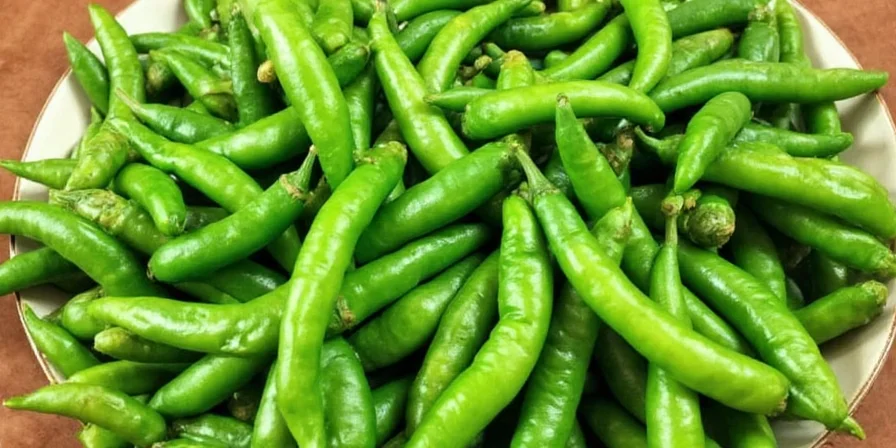
Top 5 Green Chiles You Need to Know
- Poblano: The Mexican legend. Mild and perfect for stuffing (say hello to chiles rellenos!).
- Jalapeño: The crowd-pleaser. Slightly spicy, often pickled or used in salsas.
- Serrano: The underdog. Smaller but spicier than jalapeños, great for sauces and garnishes.
- Hatch: The New Mexico superstar. Known for its smoky, earthy taste and seasonal hype.
- Espelette: The French flair. Often dried and ground into powder, bringing both heat and sophistication.
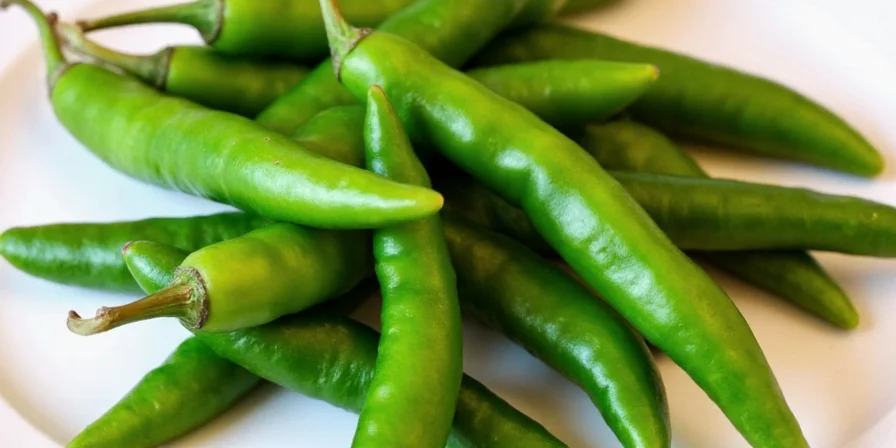
Cooking with Green Chiles Like a Pro
You don’t need a culinary degree to use green chiles like a boss. Just follow these tips to maximize flavor and minimize tears (yes, literally):
- Roast them first: Roasting green chiles unlocks their smoky depth. Pop them under the broiler, char them over an open flame, or toss them in a hot skillet. Once blistered, seal them in a bag and let them steam — peeling off the skin becomes a breeze!
- Don’t skip the gloves: Unless you want to spend your evening scrubbing capsaicin off your fingers (and possibly crying twice — once from pain, once from regret), wear gloves when handling hot chiles.
- Balance is key: If a dish gets too spicy, cool it down with dairy (like sour cream or yogurt), acid (lime juice), or sugar (yes, really). Think of it as chili CPR.
- Know where to place the heat: Want more burn? Leave the seeds in. Want flavor without the fire? Scoop ‘em out. That’s science you can do in your sleep.
- Experiment boldly: Don’t be afraid to swap out green chiles in recipes. Try Hatch where you’d usually use poblano, or serrano instead of jalapeño. Who knows — you might invent the next big thing in your kitchen!
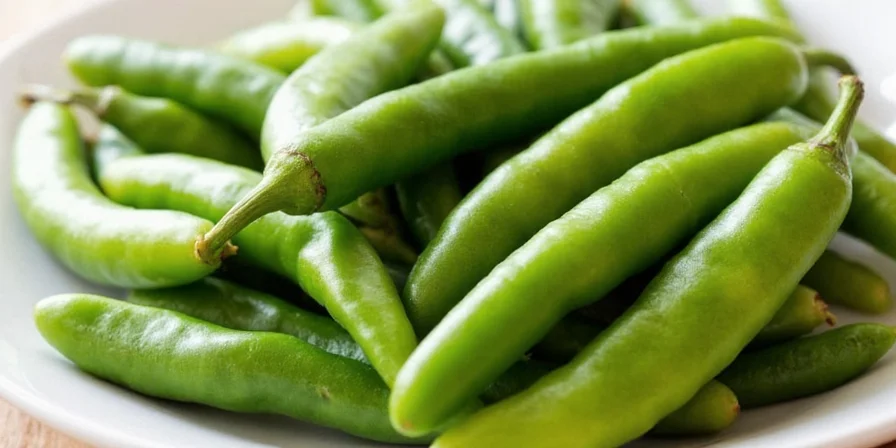
Are Green Chiles Good for You? Spoiler Alert: YES!
Beyond the heat and flavor, green chiles pack a nutritional punch. Here’s why you should feel good adding them to your meals:
- Vitamin C Boost: Green chiles contain more vitamin C per ounce than oranges. Say goodbye to scurvy!
- Metabolism Magic: Capsaicin has been shown to rev up metabolism and help with fat oxidation. Translation: They may help you burn a few extra calories while you eat deliciously.
- Anti-Inflammatory Properties: Capsaicin also acts as a natural anti-inflammatory agent — great news if you’re dealing with arthritis or muscle soreness.
- Endorphin Release: Ever notice how eating spicy food feels almost euphoric? That’s because capsaicin triggers endorphins — your body’s natural high.
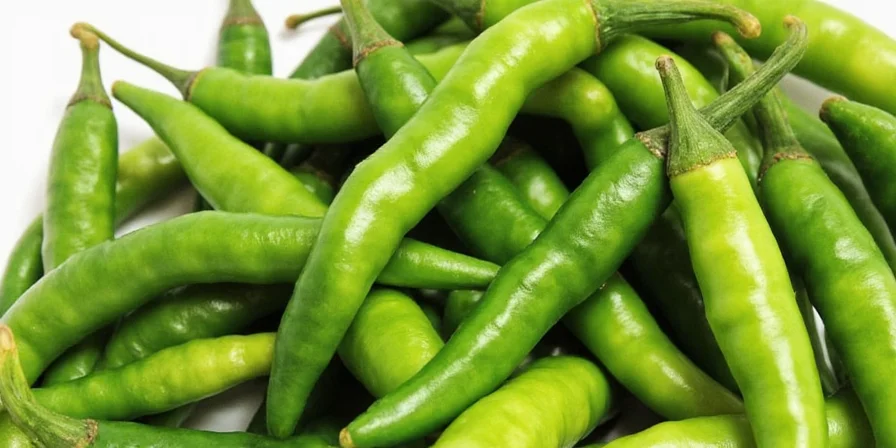
Storing & Preserving Your Green Chiles
Want to enjoy that green chile goodness long after peak season? Here’s how to keep them fresh and ready to spice things up:
- Refrigerate: Store unwashed chiles in a paper bag inside your fridge’s crisper drawer. They’ll last up to two weeks this way.
- Freeze: Roast, peel, and pop them into freezer bags. No need to thaw — just toss them directly into soups, stews, or sauces when frozen.
- Dry: String them up like festive décor or dehydrate them in a low oven or dehydrator. Crush them into flakes or powder later for seasoning.
- Pickle: Preserve them in vinegar brine for a tangy twist. Pickled green chiles are perfect for tacos, nachos, or Bloody Marys!
- Canning: Pressure can roasted chiles for pantry-ready convenience. Just make sure you follow safe canning guidelines to avoid any botulism risks.
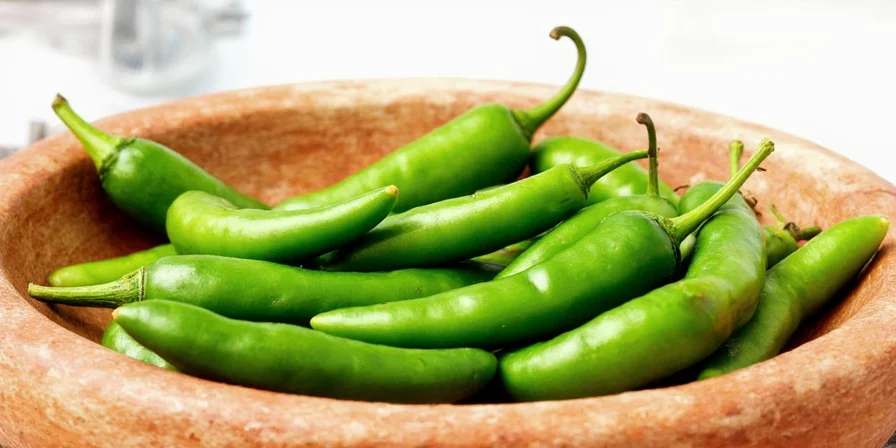
Global Green Chile Dishes Worth Trying
Green chiles aren’t just for Tex-Mex cuisine — they’re global rockstars! Here are some international dishes that showcase their versatility:
- Mexico – Chiles Rellenos: Stuffed poblano peppers filled with cheese, battered, and fried. Rich, cheesy, and oh-so satisfying.
- New Mexico – Green Chile Stew: A hearty stew made with pork, potatoes, and roasted Hatch chiles. The unofficial state dish of soul-warming flavor.
- India – Mirchi Bajji: Marinated green chiles dipped in chickpea batter and deep-fried. Crispy, spicy, and dangerously addictive.
- Korea – Kimchi: While napa cabbage is the star, many kimchi recipes include green chiles (called “maegeun” or “changma” in Korean) to add depth and heat.
- France – Piment d’Espelette: Used in béarnaise sauce, duck confit, and even desserts, this powdered green chile adds a gentle smokiness without overwhelming the palate.
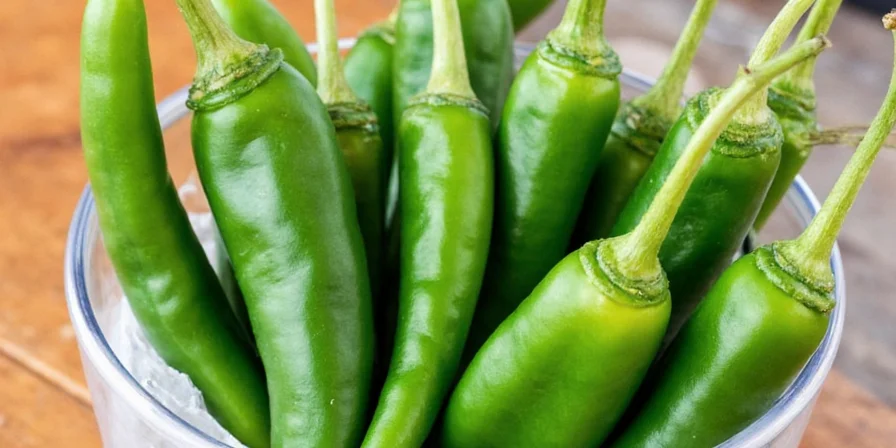
Debunking Myths About Green Chiles
We've all heard the rumors: "Green chiles will kill your stomach," or "They cause ulcers." Let’s separate fact from fiction once and for all:
- Myth: Spicy food causes ulcers.
Fact: Ulcers are primarily caused by Helicobacter pylori bacteria, not spice. In fact, capsaicin may help protect the stomach lining! - Myth: Only young people like spicy food.
Fact: Tolerance for heat varies individually, not by age. Some of the best chile connoisseurs I know have gray hair and decades of wisdom. - Myth: All green chiles are mild.
Fact: Wrong! Some green chiles, like serranos and Espelette, can bring serious heat to the table. - Myth: Drinking water cools your mouth after spicy food.
Fact: Water actually spreads the capsaicin around. Reach for milk, yogurt, or coconut water instead — they neutralize the burn better.
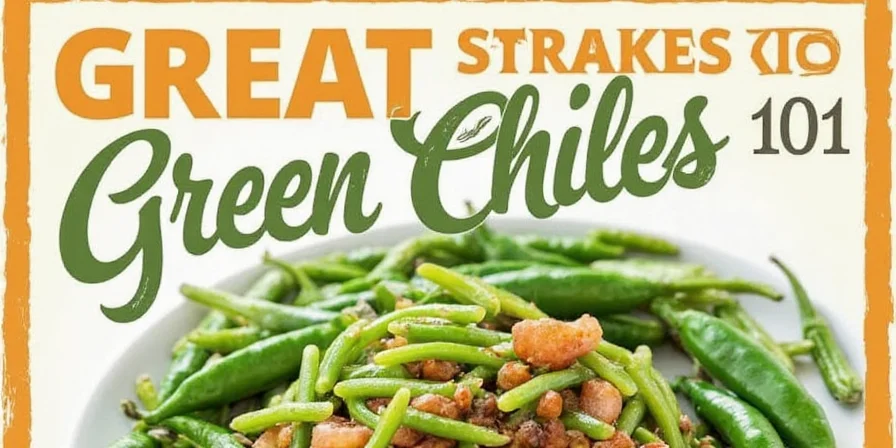
Final Thoughts: Embrace the Heat!
Green chiles are more than just spicy veggies — they’re a gateway to bold flavors, cultural heritage, and a little kitchen adventure. Whether you're roasting, chopping, blending, or snacking raw, these peppers deserve a spot in your spice rotation.
So go ahead, grab a handful of Hatch chiles at your local market or experiment with a new green chile variety next time you cook. With the right prep and a bit of courage, you’ll soon be saying, “Bring on the burn!”
Stay spicy, friends. Stay green. 🌿🌶️
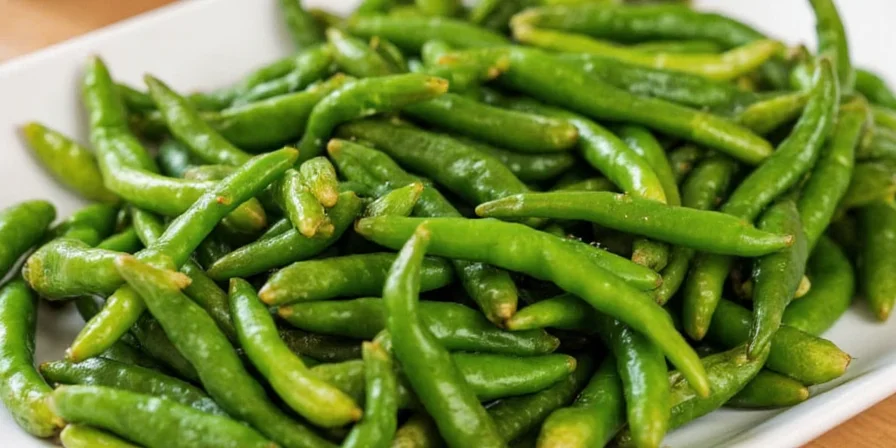

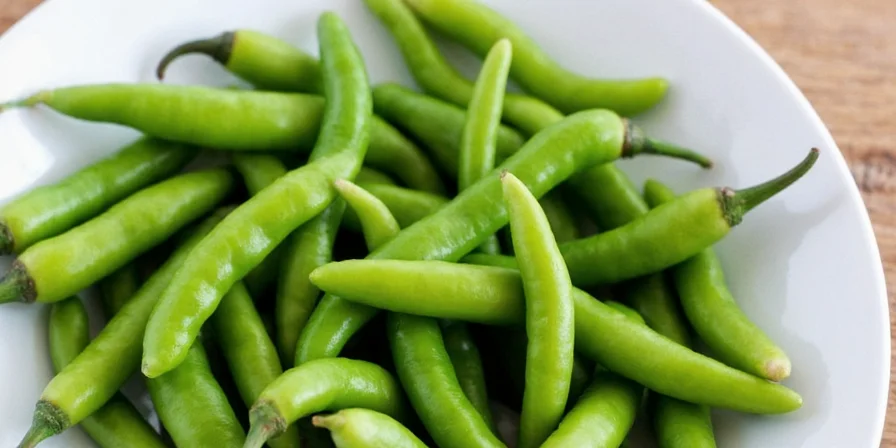









 浙公网安备
33010002000092号
浙公网安备
33010002000092号 浙B2-20120091-4
浙B2-20120091-4